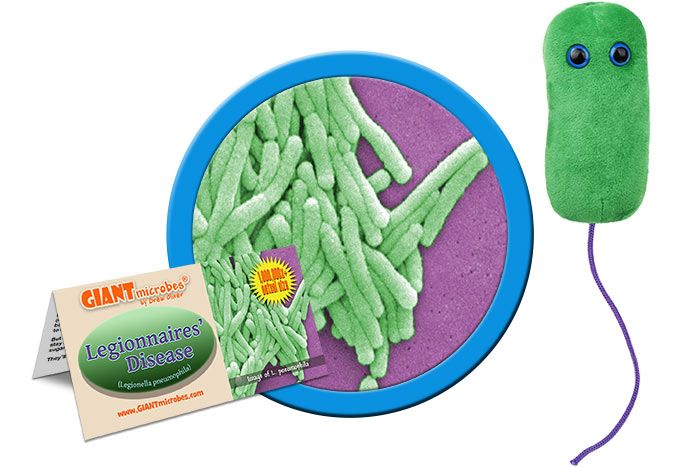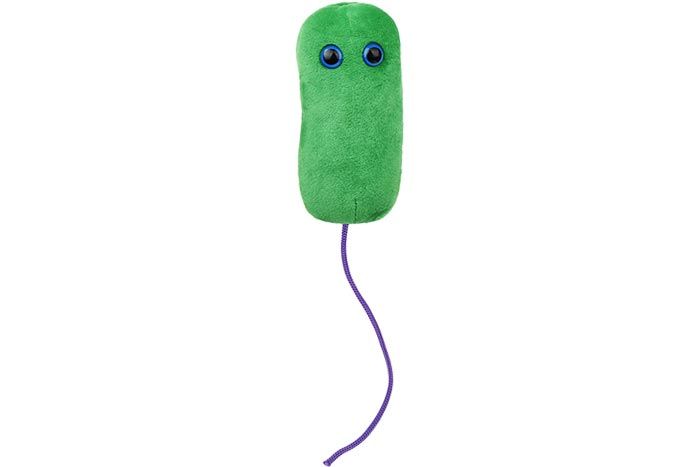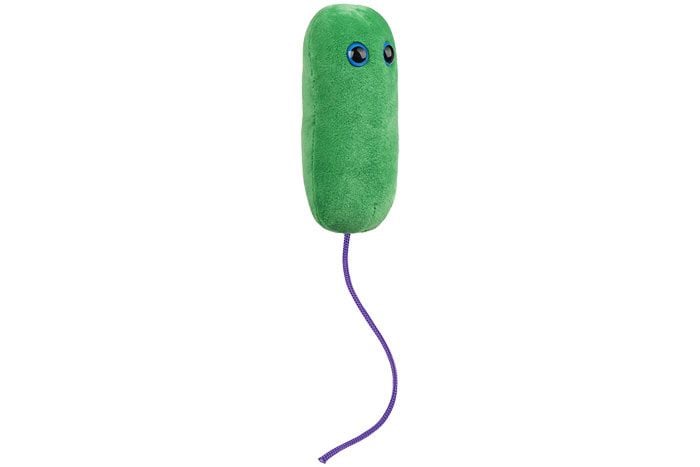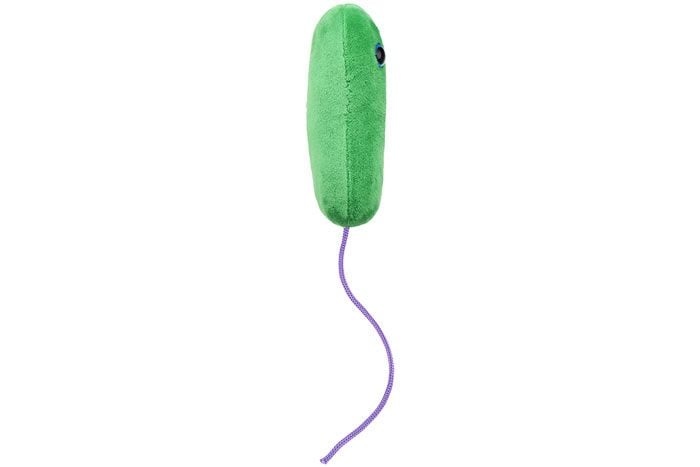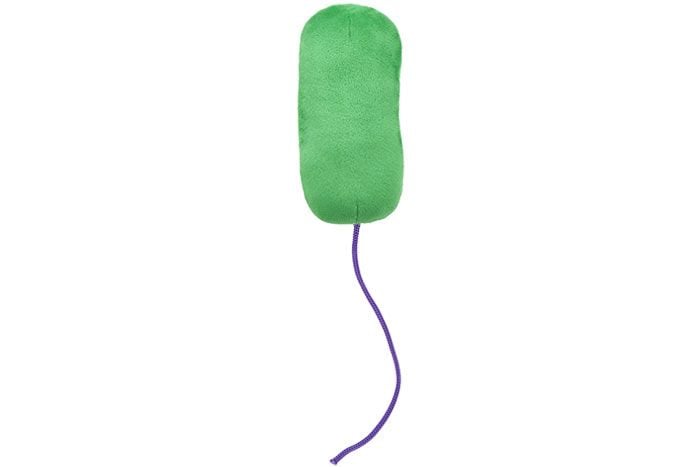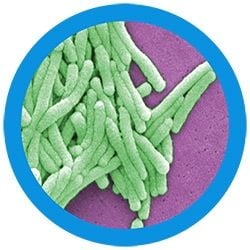Legionnaires' Disease (Legionella pneumophila)
Product Details
Additional Information
| Sizes | Giantmicrobes are based on actual microbes, cells, organisms and other critters, only 1,000,000 times actual size! Gigantic (GG) 16-24" XL (XL) 10-15" Original (PD) 5-8" Keychain (KC) 2-4" with clip |
|---|---|
| Materials | Plush from all new materials. Stuffed with polyester fiber fill. Surface washable: sponge with water & soap, air dry. |
| Packaging | Each plush microbe includes a printed card with fun, educational and fascinating facts about the actual microbe or cell. |
| Safety | Every product meets or exceeds U.S. and European standards for safety. For ages 3 and up. |
All about Legionnaires' Disease (Legionella pneumophila)
FACTS: Legionnella pneumophila bacteria cause the deadly Legionnaires’ Disease. The disease is named after the American Legion. In July 1976 this veterans organization held a convention at which many delegates became ill with high fevers, aching muscles and other flu-like symptoms. Within weeks, 29 people died from a fast striking acute form of pneumonia.
The outbreak caused public panic and the media labeled it “Legionnaire killer”. Epidemiologists from the CDC investigated what the victims had in common. Their detective work found that the victims all stayed at the same hotel. The scientists considered toxins and known microbes. Months later they discovered the culprit, an unknown deadly microbe. Surprisingly, they also found that several unsolved 1960s disease outbreaks in Washington, D.C and Pontiac, Michigan were also caused by the Legionella bacteria.
Legionella lives naturally in lakes and other fresh water. Outbreaks occur when the bacteria lie dormant in air conditioning towers, hot tubs, humidifiers, fountains and other human-made water systems. From these breeding grounds, the bacteria can travel in airborne water droplets to find warm human hosts.
If you are reading this while soaking in your jacuzzi, take note that illness caused by Legionella have been on the rise over the past 20 years. Each year thousands of cases are reported and about one in ten people who contract Legionnaires’ disease will die. So maintain those tubs and water towers and help prevent the next outbreak.
| Description | They’ve been used for therapeutic purposes for centuries. In ancient times, they were recommended for treating phlebitis and hemorrhoids. By the 16th century, they grew in popularity and were used to treat all sorts of ailments from headaches to infections. |
|---|
| Name | The scientific name comes from Latin roots “hoero” and “medicinal” to mean adhesive medicine. The common name, leech, comes from Old English and describes a person who relies on others. |
|---|
| Actual Size | They’re lancet shaped worms that range from 5 to 25 millimeters long. They have two suckers, one on each end of the body. The smaller sucker is used to perforate and the other is used for movement. |
|---|
| Where It Lives | Leeches are a type of carnivorous worm found in stagnant, freshwater ponds and lakes found all over the world that feed on blood of other animals. Of the 650 varieties of leeches, Hirudo medicinalis, found in Europe and Asia, has been the most extensively studied. It was given legal protections for its use in research and medicine. |
|---|
| History | The oldest traces of their use were discovered in an ancient Egyptian tomb from 1600 B.C.! |
|---|
| Fascinating Facts | Blood-letting was the standard for treating infections like plague to chronic illnesses like gout in medieval Europe. Only the lucky ones were able to use leeches for this task! |
|---|


